Imagine this: You’ve got a killer product, a solid brand, and a dream to go global. But boom—new markets hit you with weird laws, cultural quirks, and competition that plays by completely different rules. Welcome to the world of international business! It’s not just about selling stuff worldwide—it’s a whole new game of strategy, adaptability, and sometimes, pure survival.
Big names like Apple, McDonald’s, and Netflix didn’t just wake up one day and dominate global markets. They cracked the code—figured out what works where, how to win local audiences, and how to dodge international pitfalls. Some brands nailed it, while others? Well, let’s just say, ouch.
In this guide, we’re diving into eight global success stories. What did they do right? What mistakes should you avoid? And most importantly—how can Plerdy help you optimize your website to reach customers across borders? Stick around, because this is where things get interesting.
What Makes a Business Successful Internationally?
Expanding a business into international markets is not just about selling a product worldwide. It’s about understanding how different cultures buy, how governments regulate, and how economies shift overnight. Some companies nail it—others crash hard. What makes the difference? Smart branding, adaptability, a rock-solid supply chain, tech-driven scalability, and smart risk management. Let’s break it down.
Branding & Marketing That Crosses Borders
If your brand doesn’t speak global business language, you’re invisible. McDonald’s is everywhere, not just because of its burgers but because it makes people feel at home, whether they’re in Tokyo or New York. Coca-Cola? You’ll find that red can in over 200 countries. The secret? Recognizable branding, but localized marketing. Their ads in Brazil are nothing like their ads in France. Want to go international? Make your brand consistent but adaptable.
Cultural Adaptation = Survival
Ignoring cultural differences is a one-way ticket to failure. Netflix figured this out. Instead of pushing only Hollywood content, they invested in local productions—K-dramas in Korea, Bollywood in India. McDonald’s? No beef in India, no pork in Muslim countries. The businesses that respect local tastes and habits thrive. The ones that don’t? Ask Walmart why they failed in Germany.
Global Supply Chain: Deliver or Die
Want a lesson in international business logistics? Look at Apple. They source materials from 43 countries, manufacture in China, and sell everywhere. They keep products moving smoothly, avoiding bottlenecks that kill businesses. On the other hand, brands with weak supply chains struggle with delays, empty shelves, and lost customers. A strong, flexible supply chain = survival in global business.
Scalability & Digital Transformation
If your business model doesn’t scale, you won’t last internationally. Amazon isn’t just warehouses; it’s AI-driven inventory, automated fulfillment centers, and predictive algorithms. Spotify didn’t just stream music—it personalized recommendations based on country preferences. Digital transformation makes international business expansion smoother, faster, and more profitable.
Risk Management: The Smart Companies Play It Safe
Expanding globally is risky. Political instability, currency fluctuations, trade wars—welcome to international business! Companies that survive hedge their bets. TikTok? Banned in India. Facebook? Blocked in China. If a company relies too much on one market, it’s playing with fire. The smart ones spread their investments and prepare for the unexpected.
The International Business Playbook
If you want your business to go global and stay there, remember:
- Branding should be recognizable but flexible.
- Adaptation to local markets is a must.
- Supply chains need to be strong and agile.
- Digital tools make international scaling easier.
- Risk management saves companies from international disasters.
The world is full of opportunities. But only the smartest businesses survive international expansion. Which side will yours be on?
Case Studies of Successful International Businesses
Apple – International Business, Global Supply Chain, and Brand Loyalty
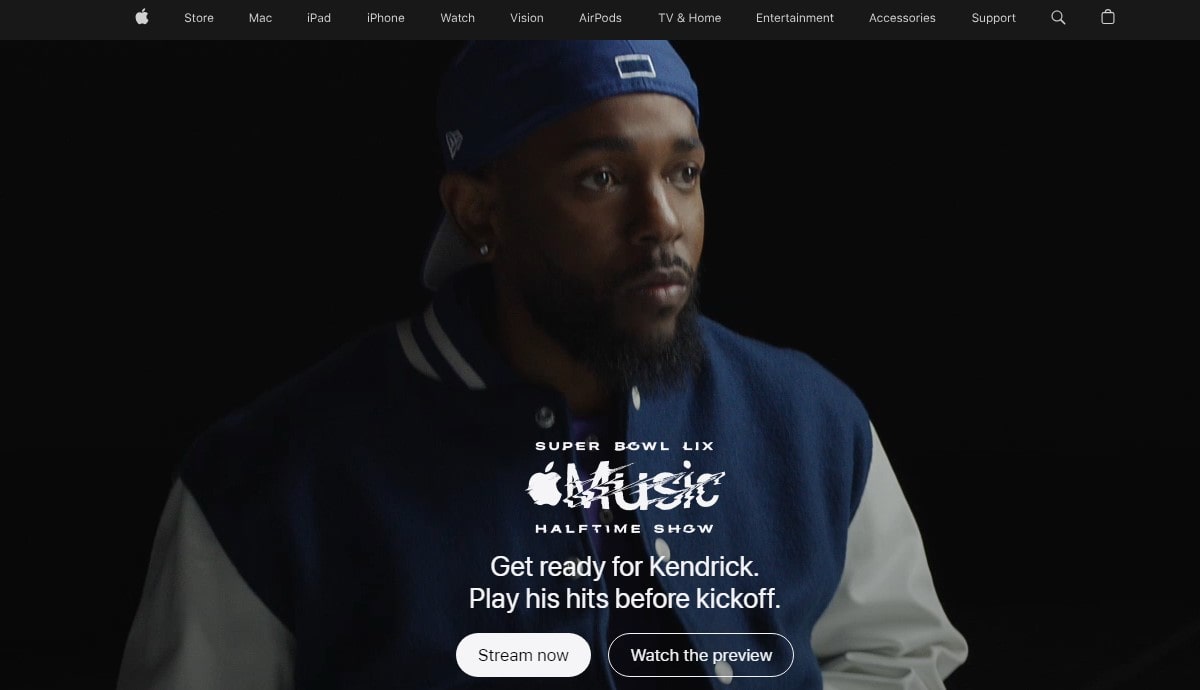
Apple isn’t just a tech company. It’s a global business empire that dominates the international market through smart business strategies, powerful branding, and a supply chain that stretches across the world. Whether in the U.S., Europe, or Asia, Apple’s products and experience remain the same, proving how a strong international business model can create global brand loyalty.
A Global Supply Chain That Powers a Business Giant
Apple doesn’t just manufacture iPhones—it operates a complex international supply chain. The company sources components from 43 countries, ensuring high-quality materials while optimizing costs. Japan supplies Retina displays, South Korea produces advanced processors, and Germany provides high-strength glass. But final assembly happens in China, where massive factories operated by Foxconn and Pegatron build millions of devices for global distribution.
Why does this international business model work so well? Apple balances cost efficiency and product quality, while also using exclusive contracts to secure key components. Remember the 2020 global chip shortage? Many businesses struggled, but Apple, with its strategic international partnerships, locked in a deal with TSMC (Taiwan Semiconductor Manufacturing Company) to keep production running smoothly. That’s global risk management done right.
Brand Loyalty: Turning a Business into a Global Phenomenon
Apple’s international success isn’t just about great tech—it’s about creating an emotional connection with customers. Ever seen fans camp outside Apple Stores just to be the first to buy a new iPhone? That’s brand loyalty at an international scale. The secret to Apple’s global appeal?
- Consistent business strategy: Whether in Tokyo or New York, the experience is identical.
- Ecosystem lock-in: Customers don’t just buy an iPhone—they get an iPad, MacBook, and AirPods too. Everything integrates perfectly, making it hard to switch brands.
- Marketing that sells an international lifestyle, not just a product.
Apple’s business model proves that an international company can dominate through strong branding, a global supply chain, and smart risk management. That’s how you build a business powerhouse that thrives in international markets.
McDonald’s – International Business, Franchise Model, and Localization
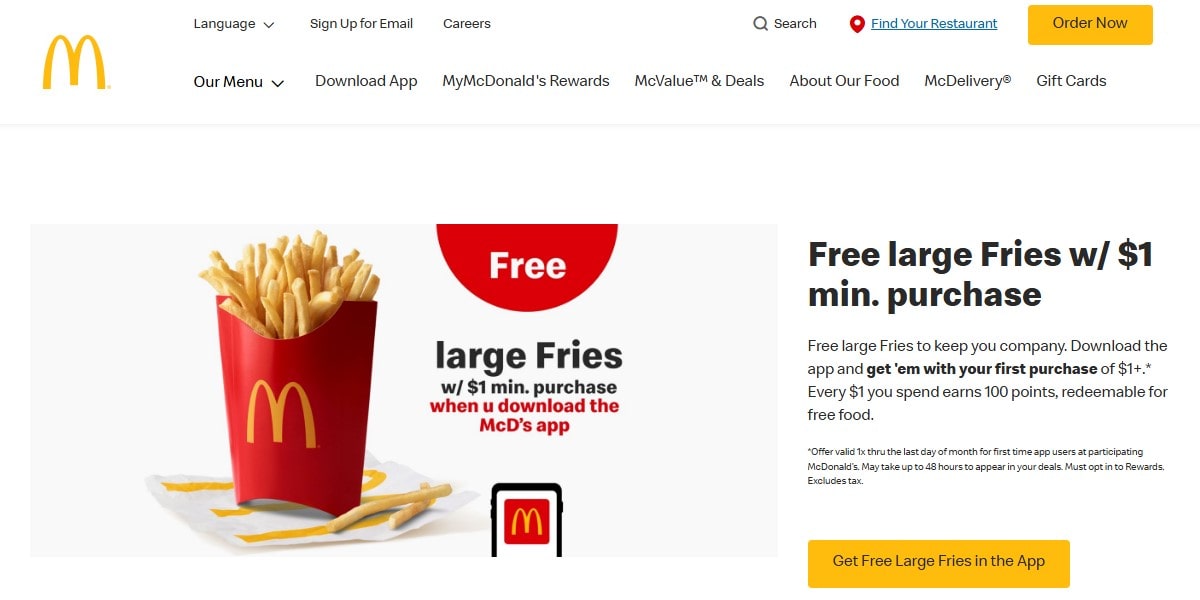
McDonald’s didn’t just open a few burger joints overseas—it built an international business empire. With over 38,000 locations in more than 120 countries, it’s one of the most successful global businesses ever. And no, it’s not just about selling Big Macs everywhere. McDonald’s cracked the code by balancing global consistency with local adaptation, making it the ultimate international fast-food brand.
Franchise Model: The Fast Track to Global Business Growth
McDonald’s didn’t try to control every restaurant itself. Instead, it scaled using a powerful franchise model, allowing local business owners to run their own McDonald’s locations while following the brand’s system. This strategy:
- Made expansion fast—no need to build everything from scratch.
- Lowered financial risks—franchisees invest their own money.
- Kept business flexible—local owners adapt stores to their markets.
Today, more than 90% of McDonald’s restaurants are franchises, proving that this model works perfectly for international business growth.
Global Consistency Meets Local Adaptation
A Big Mac in New York tastes the same as one in Paris. That’s brand consistency. But McDonald’s doesn’t just copy-paste its menu worldwide. It adapts to local tastes, making it a global business leader in food localization. Some famous examples:
- India – No beef, no problem! The McAloo Tikka Burger (spiced potato patty) is a bestseller.
- Japan – Ebi Filet-O (shrimp burger) caters to seafood lovers.
- Middle East – The McArabia, a flatbread sandwich, replaces traditional buns.
By respecting cultural differences while maintaining core branding, McDonald’s proves that a global business strategy works best when it blends standardization with flexibility. That’s how you win international markets.
Coca-Cola – International Business, Strategic Branding, and Market Penetration

Coca-Cola isn’t just a soft drink. It’s a global business icon that sells more than 1.9 billion servings every day across 200+ countries. That’s not just smart business—it’s a masterclass in international branding and market domination. So how did a simple soda become one of the most recognizable global brands? Let’s break it down.
Branding: When a Business Becomes a Lifestyle
Coca-Cola doesn’t sell just a drink—it sells happiness, nostalgia, and culture. The red and white logo? Recognizable in almost every language. The classic bottle shape? Instantly familiar. Their secret? Consistency. No matter where you are, a Coke looks and tastes the same. That’s international branding at its best.
But Coca-Cola isn’t afraid to adapt its branding for different cultures. In Japan, limited-edition seasonal bottles drive up sales. In Mexico, the company leans into its heritage with “Mexican Coke,” made with cane sugar instead of corn syrup. This mix of consistency and local adaptation keeps Coca-Cola a top international business.
Bottling Strategy: The Key to Global Business Growth
Ever wonder why Coca-Cola is everywhere? Their franchise bottling model made it happen. Instead of managing every factory, Coca-Cola licenses production to regional bottlers. This means:
- Faster market expansion—local bottlers handle production and distribution.
- Lower costs—Coca-Cola doesn’t need to build factories everywhere.
- Better adaptation to international markets—bottlers tweak formulas to fit local tastes.
Marketing: Creating a Global Emotional Connection
Coca-Cola doesn’t just advertise—it creates moments. Some of their biggest global campaigns made history:
- “I’d Like to Buy the World a Coke” (1971) – A feel-good ad that pushed Coca-Cola as a symbol of unity.
- “Open Happiness” (2009) – Reinforced the idea that Coke isn’t just a drink—it’s a feeling.
- Personalized Name Bottles – Huge international success, making customers feel connected to the brand.
Coca-Cola’s international business strategy proves that global success isn’t just about the product—it’s about branding, smart distribution, and marketing that makes people feel something. That’s why Coca-Cola isn’t just a drink—it’s a global experience.
Amazon – The International Business Giant That Redefined E-Commerce
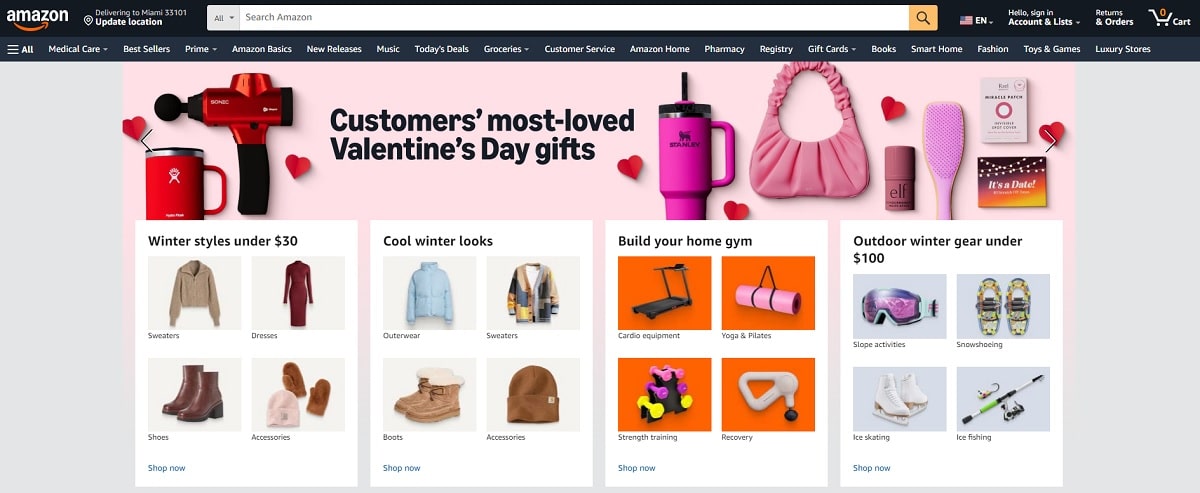
Amazon isn’t just an online store. It’s a global business empire that changed the way people shop. With $500+ billion in revenue and operations in more than 20 countries, Amazon dominates the international e-commerce landscape. But success didn’t come easy—Amazon had to master logistics, market adaptation, and strategic innovation to stay ahead.
How Amazon Conquered International Business with Logistics
Amazon’s global expansion isn’t just about selling products—it’s about delivering them faster than anyone else. The company built a huge international logistics network, making same-day and two-day shipping the norm in many regions. Their secret?
- Fulfillment Centers Worldwide – Over 175 warehouses strategically placed across North America, Europe, and Asia.
- Automated Warehouses – Robots handle packing and sorting, speeding up delivery times.
- Amazon Logistics & Third-Party Carriers – Amazon doesn’t just use FedEx and UPS. They have their own fleet, which helps in high-demand seasons.
Prime Membership – The Global Business Growth Engine
Amazon Prime isn’t just a subscription—it’s a business strategy that drives customer loyalty and market dominance. With over 200 million Prime members worldwide, Amazon turned convenience into a global business advantage. In different countries, Amazon tweaks Prime benefits:
- In the U.S. – Free two-day shipping, Prime Video, and exclusive deals.
- In India – Discounted subscriptions and partnerships with Bollywood streaming services.
- In Japan – Faster local delivery and exclusive anime content.
Challenges of Expanding an International Business
Even Amazon, with all its power, faces serious international business challenges. Regulatory hurdles and local competitors make things tricky:
- India’s restrictions – Amazon had to change its business model to comply with strict foreign investment rules.
- China’s market dominance by Alibaba – Amazon shut down its domestic e-commerce in China in 2019.
- EU antitrust investigations – European regulators often scrutinize Amazon’s data usage and competition policies.
Despite these challenges, Amazon keeps growing. By mastering logistics, adapting services to local markets, and using data-driven strategies, Amazon remains the international e-commerce leader. And let’s be real—who hasn’t ordered something from Amazon at 2 AM?
Netflix – Global Business Powered by Smart Content and Market Adaptation
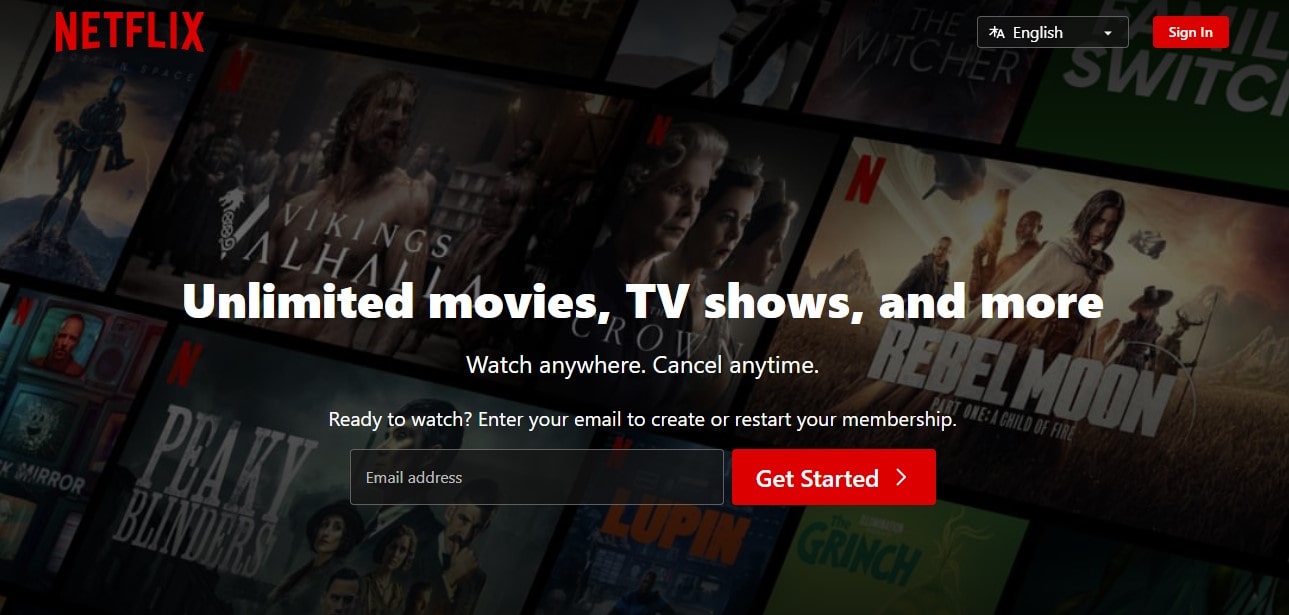
Netflix didn’t just enter the international business scene—it reshaped how people watch TV. With 250+ million subscribers across 190+ countries, Netflix transformed from a U.S. DVD rental service into a global streaming giant. How? By mastering market adaptation, localized content, and personalization.
From U.S. to International Business Expansion
Netflix started in 1997 as a DVD rental service. Fast forward to today—it’s the top streaming platform globally, competing with Disney+, Amazon Prime, and local players. But breaking into international business markets wasn’t a simple “copy-paste” strategy. Different regions = different content demands.
The Secret Sauce: Localized Content for Global Success
Netflix knows that a one-size-fits-all approach doesn’t work in the international business world. Instead, it invests in local productions.
- Money Heist (Spain) – A massive hit that made Netflix explode in Europe.
- Squid Game (South Korea) – The most-watched Netflix show ever, proving that local stories can go global.
- Sacred Games (India) – Helped Netflix fight against Hotstar and Prime Video in India.
Challenges of International Business in Streaming
Going global means dealing with licensing nightmares and tough competition. Netflix struggles with:
- Regional licensing laws – Some movies/shows available in the U.S. are missing in Europe.
- Local competitors – China blocked Netflix, while India has strong local platforms like Hotstar.
- Content costs – Netflix spends $17+ billion a year on content. Not cheap, huh?
Yet, Netflix keeps growing, proving that understanding local business markets is the key to global success.
Financial Times – Global Business vs. Local Barriers
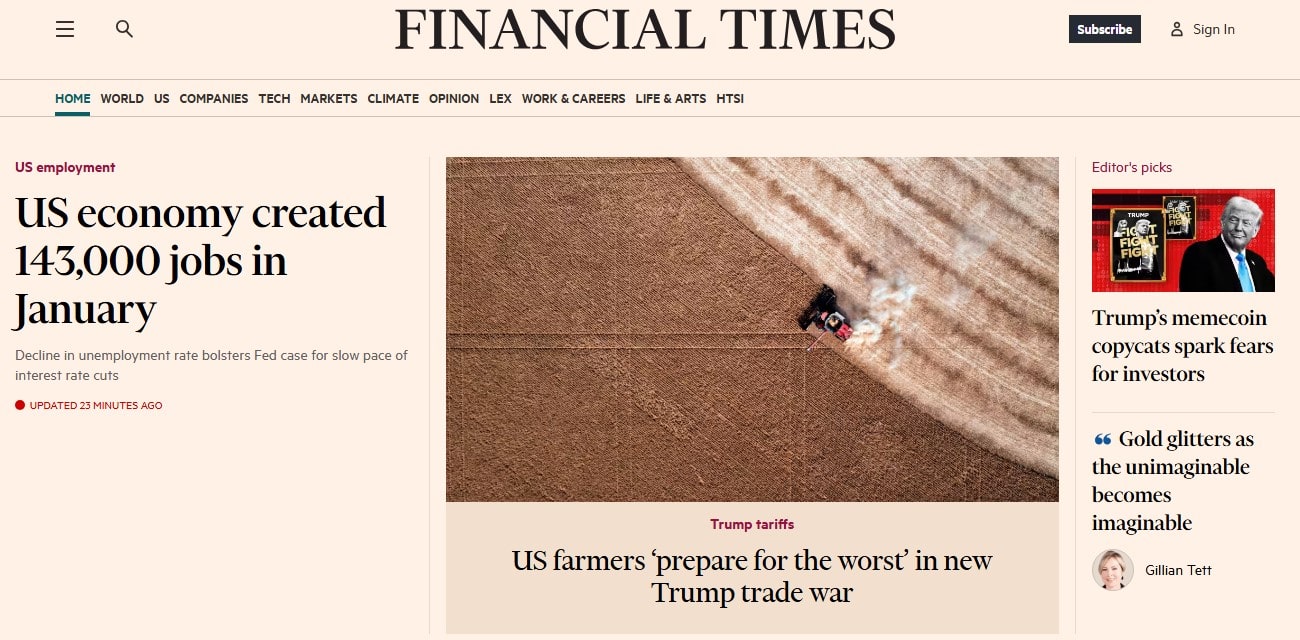
Expanding an international business is tough. Even big brands hit walls. Financial Times (FT), a leading global news company, learned this the hard way in India. Legal roadblocks, strict foreign investment rules, and unexpected challenges forced them to rethink their strategy.
When International Business Meets Local Laws
FT wanted a piece of India’s booming media industry. But India had a rule—foreign companies couldn’t control local news publications. That meant Financial Times couldn’t fully own its Indian edition. They tried different ways—partnering with local businesses, tweaking ownership models, even challenging the law in court. But nothing worked for years.
Global Journalism Needs Local Adaptation
FT had to get smart. Instead of a full print edition, they pushed digital.
- Subscription model – Focused on premium online readers.
- Localized business news – Added more India-specific economic reports.
- Strategic partnerships – Teamed up with Indian media players for visibility.
Lessons from the Battle
FT’s journey in India wasn’t smooth, but it proved something—international businesses must adapt. Just having a big name isn’t enough. You need to understand laws, respect local markets, and be flexible.
Today, Financial Times operates in India without breaking ownership rules. A win? Kind of. A reminder that even the biggest global businesses must play by local rules? Definitely.
Spotify – Mastering International Business Through Smart Partnerships
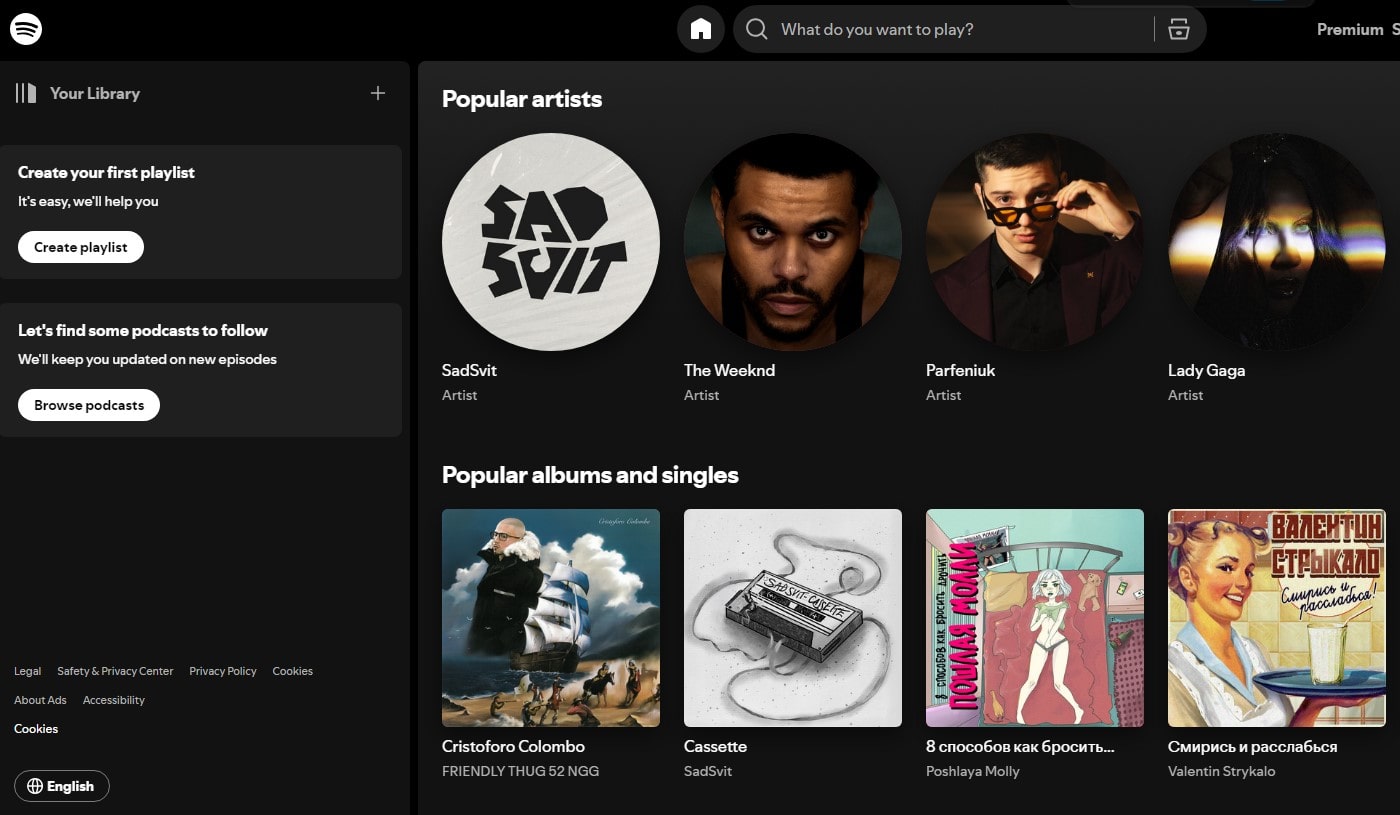
Growing an international business in the music industry? That’s a wild ride. Different markets, different regulations, and insane licensing headaches. But Spotify cracked the code. The Swedish giant didn’t just build a streaming platform—it created a global business strategy that blends local adaptation with powerful international partnerships.
Global Business Thrives on Local Strategy
Spotify understood that international success means tailoring the business model to fit each market. In the U.S., hip-hop and pop lead. In India, Bollywood and regional tunes dominate. Latin America? Reggaeton all the way. Instead of pushing the same playlists everywhere, Spotify customized its recommendations to match local music preferences. That move helped it attract over 600 million global users.
International Partnerships That Boosted Business
- Telecom collaborations – Spotify struck business deals with mobile providers worldwide, like AT&T in the U.S. and Vodafone in Europe, to offer free trials and bundled plans.
- Localized artist promotions – Supporting international artists with region-specific marketing, ensuring users connect with familiar music.
- Podcast domination – Expanding beyond music, Spotify invested heavily in exclusive podcasts—like Joe Rogan’s $100M deal—to strengthen its international business presence.
The Challenges of Running an International Business
Spotify’s global growth wasn’t all smooth sailing. Licensing negotiations dragged for years, delaying entry into key international markets. Copyright laws? Different in every country, adding even more hurdles. And let’s not forget the fierce business competition from Apple Music, YouTube Music, and local streaming giants.
Still, Spotify pulled through. Today, it’s the #1 music streaming business worldwide, proving that international dominance isn’t about just having a great product—it’s about knowing how to win the market.
H-E-B – Expanding Business Through International Supply Chains
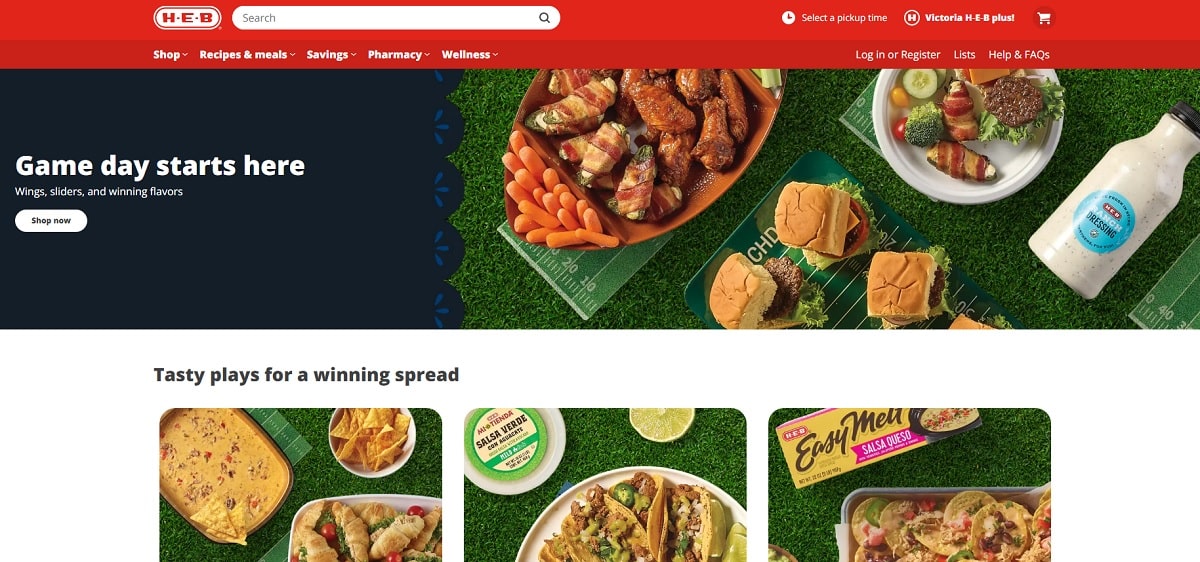
Running a successful international business isn’t just about selling—it’s about sourcing, scaling, and keeping operations efficient. H-E-B, the Texas-based grocery giant, nailed this strategy by expanding its business operations beyond the U.S. and tapping into international supply chains. And guess what? That move made them a powerhouse in the industry.
Why Go International? More Than Just Business Growth
H-E-B’s expansion into Mexico wasn’t just about opening stores—it was about securing high-quality, cost-effective fresh produce. Instead of relying only on domestic suppliers, they built direct partnerships with international farmers, reducing costs and ensuring fresher products for their customers.
- Local sourcing – H-E-B buys directly from Mexican farms, cutting out middlemen and improving supply chain efficiency.
- Cost control – Importing fresh goods at lower prices helped them stay competitive in the grocery business.
- Sustainability – A diverse international supply network makes the company less vulnerable to U.S. market disruptions.
The Challenges of International Supply Chain Management
Expanding a business globally is never smooth. H-E-B faced major hurdles in logistics, legal regulations, and currency exchange fluctuations. Transporting perishable goods across borders means handling strict customs regulations and unexpected delays. Plus, balancing costs while maintaining high-quality standards isn’t easy.
Still, H-E-B’s international strategy proved that smart global sourcing isn’t just about cheaper products—it’s about building a sustainable business. And with a revenue of over $38 billion, their international business model clearly works.
Key Takeaways from Global Business Success Stories
Growing an international business isn’t just about crossing borders—it’s about strategy, adaptability, and knowing your market. Looking at global giants like Amazon, Coca-Cola, and McDonald’s, some patterns stand out. These companies didn’t just expand internationally; they dominated international markets by playing smart.
What Works in International Business?
Expanding a business globally means handling different challenges—logistics, regulations, customer preferences. But the most successful brands share these strategies:
- Localization matters – McDonald’s sells McAloo Tikka in India. Netflix invests in local content. Adapting to regional tastes makes a brand truly international.
- Branding builds trust – Coca-Cola isn’t just a drink; it’s an emotion. Global businesses that connect with customers on a deeper level create loyalty across borders.
- Supply chain efficiency – Amazon’s logistics empire, H-E-B’s direct sourcing from Mexico—strong supply chains keep businesses ahead in global competition.
Challenges and How Companies Overcome Them
Running a business on an international scale is messy. Financial Times faced legal barriers in India. Spotify had to fight for music rights in different countries. And Amazon struggled with strict e-commerce laws in China. But companies that stay flexible, innovate, and invest in digital transformation find ways to win.
For any business dreaming of going international, the lesson is clear: Know your audience, refine your strategy, and don’t fear challenges—conquering them is what makes success truly global.
Challenges of International Business Expansion
Growing an international business isn’t just about packing products and shipping them overseas. There’s a long list of challenges—some you see coming, others hit like a surprise tax bill. Companies expanding globally face regulatory hurdles, cultural misunderstandings, and economic shifts that can shake even the biggest brands.
Regulatory and Legal Barriers
Every country has its own rules, and they don’t always make sense. Just ask Google, which had to adjust its search services to follow strict EU data protection laws (hello, GDPR). Amazon faced major tax battles in France. Expanding a global business means lawyers, compliance teams, and loads of paperwork—because one wrong move can cost millions.
Cultural and Language Differences
What sells in the U.S. market might flop in Japan. McDonald’s gets this, which is why they serve McSpaghetti in the Philippines and McPaneer Wraps in India. Localization isn’t just translation—it’s about fitting into the market. Even simple things, like color choices in branding, can make or break success.
Economic and Political Risks
Currency swings can wipe out profits overnight. Brexit forced companies to rethink European supply chains. Tesla struggled with tariffs in China. A global business has to be ready for inflation, political tensions, and sudden trade restrictions.
Competition in Local Markets
Big brands don’t always win. Uber tried to dominate China, but Didi Chuxing crushed it with better local strategies. Even Netflix, despite its global reach, struggles against regional streaming services. Local competitors know the market better, so international companies must adapt fast or get outplayed.
Expanding a business internationally is tough, but the ones that stay flexible, localize smartly, and manage risks well—they’re the ones that make it big.
How to Succeed in International Business Expansion
Expanding a business internationally sounds exciting—new markets, bigger audience, more revenue. But the reality? It’s tough. Companies that go global without a strategy often burn through cash and exit markets faster than they entered. The key to global business success is smart planning, strong partnerships, and digital innovation.
Market Research: Know Your Customers, or Fail Fast
Understanding international consumer behavior is a must. What sells in Germany might be a flop in Brazil. Just ask Walmart, which failed in South Korea because it didn’t adapt to local shopping habits. Smart brands invest in big data, AI-driven insights, and local focus groups before making big moves. If you don’t know what customers want, competitors will.
Strategic Partnerships: Work with Locals, Not Against Them
The best way to crack a new international market? Team up with local businesses. This is what McDonald’s did in India—partnering with local suppliers to ensure fresh, culturally appropriate ingredients. Netflix worked with regional studios to produce shows tailored to local tastes. A strong local ally can fast-track expansion, reduce costs, and build trust with customers.
Tech and Digital Transformation: The Power of AI and Big Data
Going international without technology is like driving blindfolded. Amazon dominates e-commerce because of AI-driven logistics and automated warehouses. Plerdy’s digital tools help businesses track website analytics, improving conversion rates in global markets. Companies using AI, automation, and digital platforms scale faster with fewer risks.
Sustainability & CSR: Ethics Matter in Global Business
Modern consumers care about ethical business practices. Brands like Patagonia and Tesla have won international loyalty through eco-friendly initiatives. Many markets demand sustainable sourcing, fair wages, and environmental responsibility. Governments also reward green businesses with tax breaks and incentives.
Going global isn’t just about selling more—it’s about understanding markets, building partnerships, leveraging tech, and being ethical. The companies that master these? They don’t just survive international expansion—they dominate it.
Global Expansion: Smart Moves or Costly Mistakes?
Going international is more than just selling a product in another country. It’s about understanding markets, cultures, and business landscapes. Companies like McDonald’s, Netflix, and Amazon didn’t just expand—they adapted. They localized marketing, optimized supply chains, and built strong partnerships.
Success in the global business world is all about strategy, flexibility, and tech-driven insights. Skip the research, and your business might struggle like Walmart in Germany. But learn from the best? That’s how brands go from local heroes to global giants.
So, are you ready to take your business worldwide? The right approach makes all the difference.
